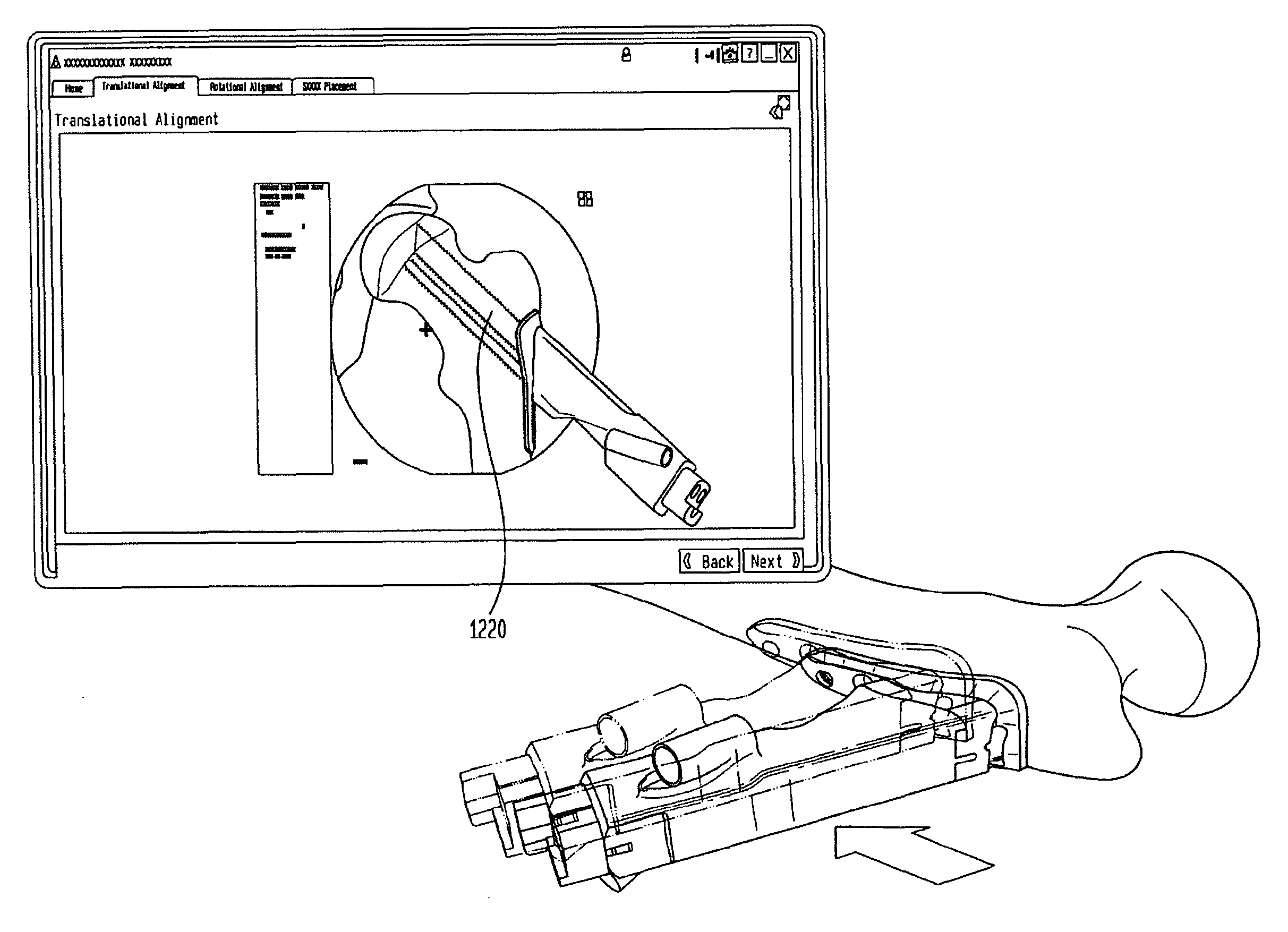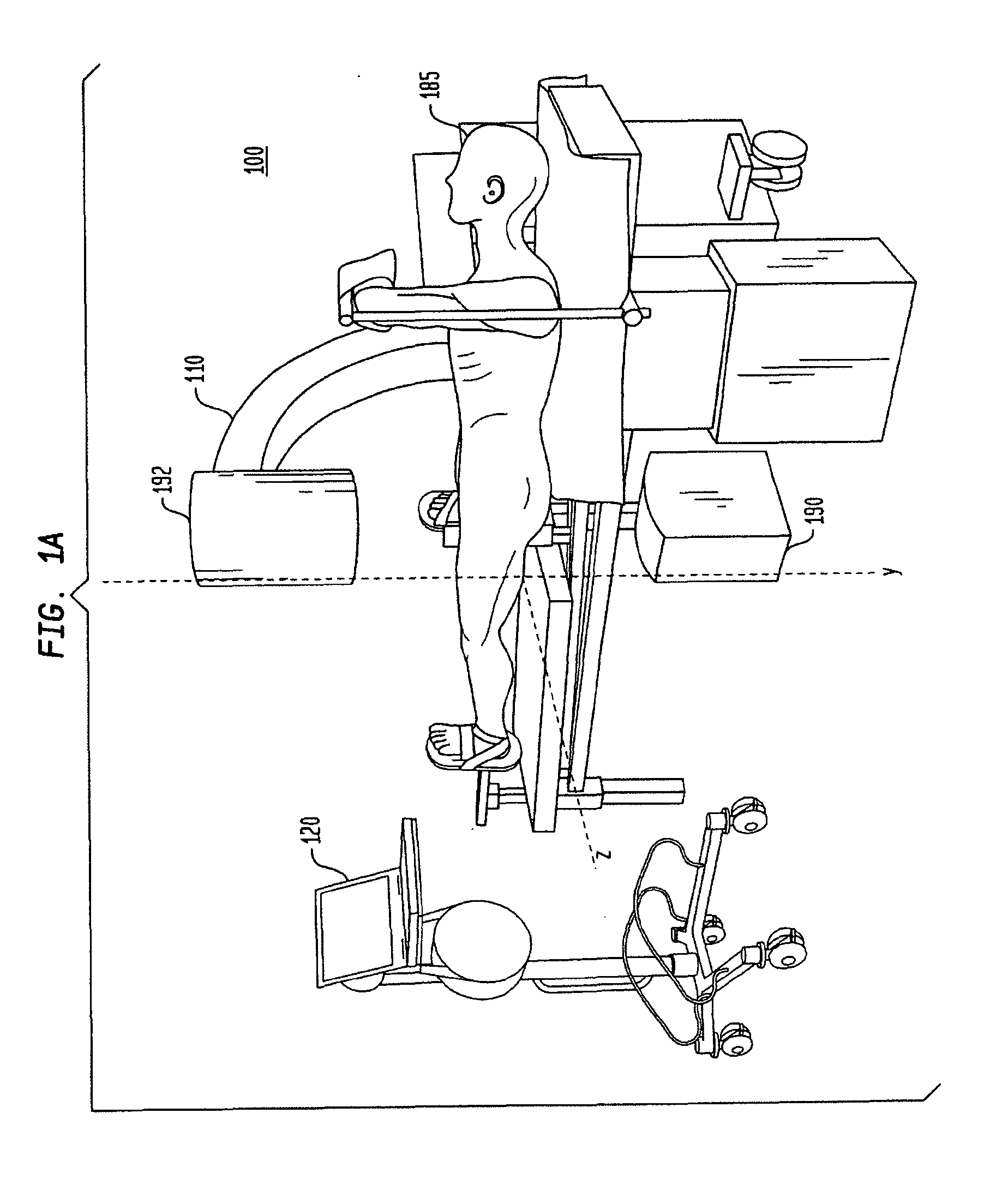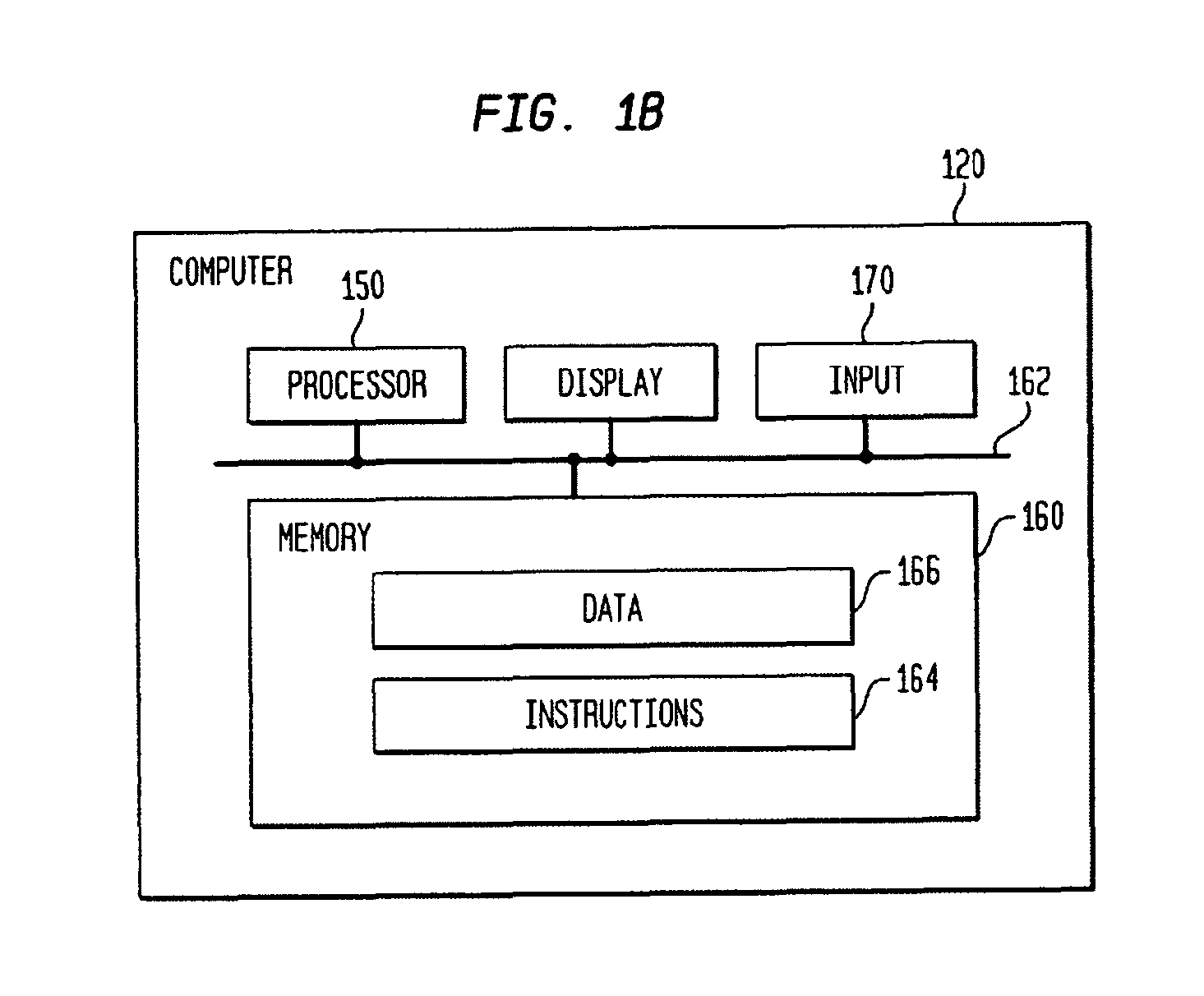Stereotactic Computer Assisted Surgery Based On Three-Dimensional Visualization
a computer assisted, three-dimensional visualization technology, applied in the field of computer assisted surgery, can solve the problems of long operating time, patient and operator exposure to significant amounts of radiation, and difficult task of implantation of plating and nailing systems, and achieve the effect of reducing any additional effort of the surgeon, low cost and optimal biomechanics
- Summary
- Abstract
- Description
- Claims
- Application Information
AI Technical Summary
Benefits of technology
Problems solved by technology
Method used
Image
Examples
Embodiment Construction
[0055]Generally, in one aspect, the system of the present invention is based on the registration of fluoroscopy images with an implant associated with a reference body.
[0056]For example, the implant (e.g., an angle stable plate) may include the reference body or may be positioned in a predefined location in relation to the reference body, which is detected or recorded in a fluoro image. Thus, the actual spatial dimension and position of the implant can be determined by means of the correct identification and registration of the reference body in the fluoro images.
[0057]Where multiple related implants are included as part of the procedure, e.g., main implants and sub-implants, after registration of the main implant as described above, the location of any remaining sub-implants may be depicted virtually in the correct spatial position in relation to the fluoro images of the main implant. The sub-implants (e.g., screws of the associated angle stable plate) will be located in a fixed, p...
PUM
 Login to View More
Login to View More Abstract
Description
Claims
Application Information
 Login to View More
Login to View More - R&D
- Intellectual Property
- Life Sciences
- Materials
- Tech Scout
- Unparalleled Data Quality
- Higher Quality Content
- 60% Fewer Hallucinations
Browse by: Latest US Patents, China's latest patents, Technical Efficacy Thesaurus, Application Domain, Technology Topic, Popular Technical Reports.
© 2025 PatSnap. All rights reserved.Legal|Privacy policy|Modern Slavery Act Transparency Statement|Sitemap|About US| Contact US: help@patsnap.com



